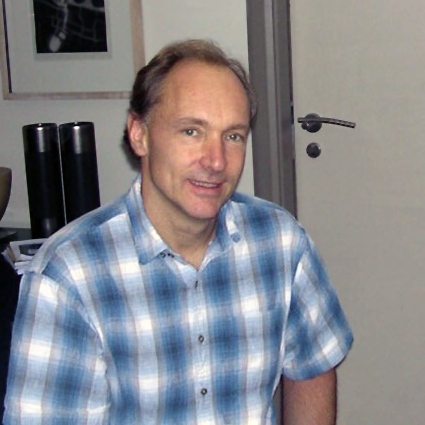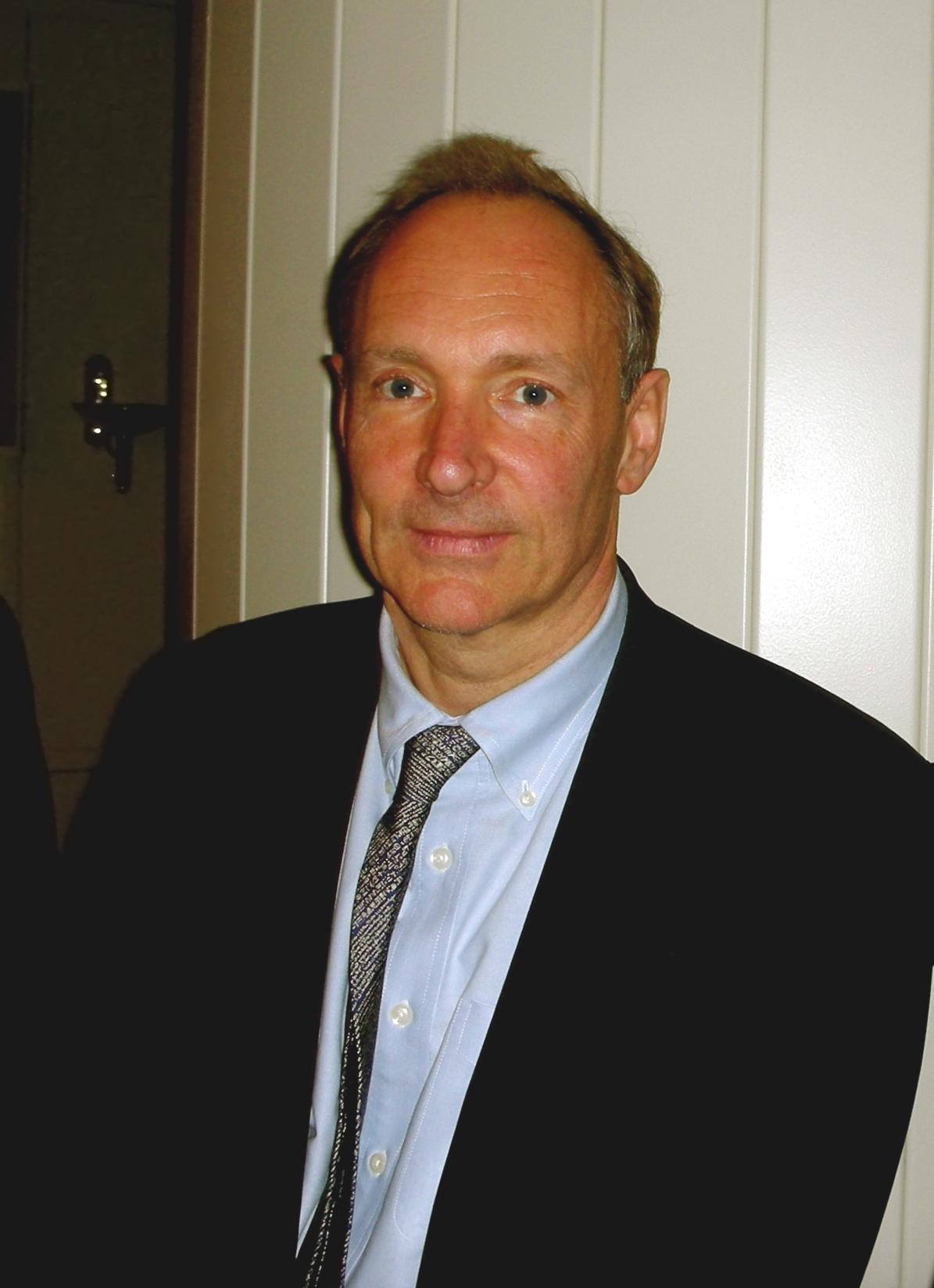|
Web For Schools
The Web for Schools project was funded by the European Commission as part of its ESPRIT programmeEuropean Strategic Program on Research in Information Technology and ran from 1996-03-01 to 1998-02-28. It was a transformative project at the basis of the uptake of the World Wide Web in European schools. The initial inspiration came from Robert Cailliau, a Belgian computer scientist who developed together with Tim Berners-Lee the World Wide Web. The project trained over 700 school teachers from 170 schools across Europe in basic HTML The HyperText Markup Language or HTML is the standard markup language for documents designed to be displayed in a web browser. It can be assisted by technologies such as Cascading Style Sheets (CSS) and scripting languages such as JavaScri ... using a simple text editor, the only affordable web creation tool at that time. Following that, teachers created more than 70 international collaborative educational projects that resulted in an exponential ... [...More Info...] [...Related Items...] OR: [Wikipedia] [Google] [Baidu] |
European Commission
The European Commission (EC) is the executive of the European Union (EU). It operates as a cabinet government, with 27 members of the Commission (informally known as "Commissioners") headed by a President. It includes an administrative body of about 32,000 European civil servants. The Commission is divided into departments known as Directorates-General (DGs) that can be likened to departments or ministries each headed by a Director-General who is responsible to a Commissioner. There is one member per member state, but members are bound by their oath of office to represent the general interest of the EU as a whole rather than their home state. The Commission President (currently Ursula von der Leyen) is proposed by the European Council (the 27 heads of state/governments) and elected by the European Parliament. The Council of the European Union then nominates the other members of the Commission in agreement with the nominated President, and the 27 members as a team are then ... [...More Info...] [...Related Items...] OR: [Wikipedia] [Google] [Baidu] |
European Strategic Program On Research In Information Technology
European Strategic Programme on Research in Information Technology (ESPRIT) was a series of integrated programmes of information technology research and development projects and industrial technology transfer measures. It was a European Union initiative managed by the Directorate General for Industry (DG III) of the European Commission. Programmes Five ESPRIT programmes (ESPRIT 0 to ESPRIT 4) ran consecutively from 1983 to 1998. ESPRIT 4 was succeeded by the Information Society Technologies (IST) programme in 1999. Projects Some of the projects and products supported by ESPRIT were: * BBC Domesday Project, a partnership between Acorn Computers Ltd, Philips, Logica and the BBC with some funding from the European Commission's ESPRIT programme, to mark the 900th anniversary of the original Domesday Book, an 11th-century census of England. It is frequently cited as an example of digital obsolescence on account of the physical medium used for data storage. * CGAL, the Computational G ... [...More Info...] [...Related Items...] OR: [Wikipedia] [Google] [Baidu] |
Robert Cailliau
Robert Cailliau (, born 26 January 1947) is a Belgian informatics engineer, computer scientist and author who proposed the first (pre-www) hypertext system for CERN in 1987 and collaborated with Tim Berners-Lee on the World Wide Web (jointly winning the ACM Software System Award) from before it got its name. He designed the historical logo of the WWW, organized the first International World Wide Web Conference at CERN in 1994 and helped transfer Web development from CERN to the global Web consortium in 1995. Together with Dr. James Gillies, Cailliau wrote ''How the Web Was Born'', the first book-length account of the origins of the World Wide Web. Biography Cailliau was born in Tongeren, Belgium. In 1958 he moved with his parents to Antwerp. After secondary school he graduated from Ghent University in 1969 as civil engineer in electrical and mechanical engineering (Dutch: Burgerlijk Werktuigkundig en Elektrotechnisch ingenieur). He also has an MSc from the University of Michiga ... [...More Info...] [...Related Items...] OR: [Wikipedia] [Google] [Baidu] |
Tim Berners-Lee
Sir Timothy John Berners-Lee (born 8 June 1955), also known as TimBL, is an English computer scientist best known as the inventor of the World Wide Web. He is a Professorial Fellow of Computer Science at the University of Oxford and a professor at the Massachusetts Institute of Technology (MIT). Berners-Lee proposed an information management system on 12 March 1989, then implemented the first successful communication between a Hypertext Transfer Protocol (HTTP) client and server via the Internet in mid-November. Berners-Lee is the director of the World Wide Web Consortium (W3C), which oversees the continued development of the Web. He co-founded (with his then wife-to-be Rosemary Leith) the World Wide Web Foundation. He is a senior researcher and holder of the 3Com founder's chair at the MIT Computer Science and Artificial Intelligence Laboratory (CSAIL). He is a director of the Web Science Research Initiative (WSRI) and a member of the advisory board of the MIT Center for Co ... [...More Info...] [...Related Items...] OR: [Wikipedia] [Google] [Baidu] |
World Wide Web
The World Wide Web (WWW), commonly known as the Web, is an information system enabling documents and other web resources to be accessed over the Internet. Documents and downloadable media are made available to the network through web servers and can be accessed by programs such as web browsers. Servers and resources on the World Wide Web are identified and located through character strings called uniform resource locators (URLs). The original and still very common document type is a web page formatted in Hypertext Markup Language (HTML). This markup language supports plain text, images, embedded video and audio contents, and scripts (short programs) that implement complex user interaction. The HTML language also supports hyperlinks (embedded URLs) which provide immediate access to other web resources. Web navigation, or web surfing, is the common practice of following such hyperlinks across multiple websites. Web applications are web pages that function as application s ... [...More Info...] [...Related Items...] OR: [Wikipedia] [Google] [Baidu] |
HTML
The HyperText Markup Language or HTML is the standard markup language for documents designed to be displayed in a web browser. It can be assisted by technologies such as Cascading Style Sheets (CSS) and scripting languages such as JavaScript. Web browsers receive HTML documents from a web server or from local storage and render the documents into multimedia web pages. HTML describes the structure of a web page semantically and originally included cues for the appearance of the document. HTML elements are the building blocks of HTML pages. With HTML constructs, images and other objects such as interactive forms may be embedded into the rendered page. HTML provides a means to create structured documents by denoting structural semantics for text such as headings, paragraphs, lists, links, quotes, and other items. HTML elements are delineated by ''tags'', written using angle brackets. Tags such as and directly introduce content into the page. Other tags such as surround ... [...More Info...] [...Related Items...] OR: [Wikipedia] [Google] [Baidu] |
Academic Computer Network Organizations
An academy (Attic Greek: Ἀκαδήμεια; Koine Greek Ἀκαδημία) is an institution of secondary or tertiary higher learning (and generally also research or honorary membership). The name traces back to Plato's school of philosophy, founded approximately 385 BC at Akademia, a sanctuary of Athena, the goddess of wisdom and skill, north of Athens, Greece. Etymology The word comes from the ''Academy'' in ancient Greece, which derives from the Athenian hero, ''Akademos''. Outside the city walls of Athens, the gymnasium was made famous by Plato as a center of learning. The sacred space, dedicated to the goddess of wisdom, Athena, had formerly been an olive grove, hence the expression "the groves of Academe". In these gardens, the philosopher Plato conversed with followers. Plato developed his sessions into a method of teaching philosophy and in 387 BC, established what is known today as the Old Academy. By extension, ''academia'' has come to mean the accumulation, de ... [...More Info...] [...Related Items...] OR: [Wikipedia] [Google] [Baidu] |
Education In The European Union
In the European Union education is at the responsibility of its Member States and their Ministries of education that they have; in such, the European Union institutions play only a supporting and overseeing role. According to Art. 165 of the Treaty on the Functioning of the European Union, the Community The EU also funds educational, vocational and citizenship-building programmes which encourage EU citizens to take advantage of opportunities which the EU offers its citizens to live, study and work in other countries. The best known of these is the Erasmus programme, under which more than 3,000,000 students have taken part in inter-university exchange and mobility over the last 20 years. Since 2000, conscious of the importance of Education and Training for their economic and social objectives, EU Member States have begun working together to achieve specific goals in the field of Education. By sharing examples of good policy practice, by taking part in Peer Learning activities, b ... [...More Info...] [...Related Items...] OR: [Wikipedia] [Google] [Baidu] |



